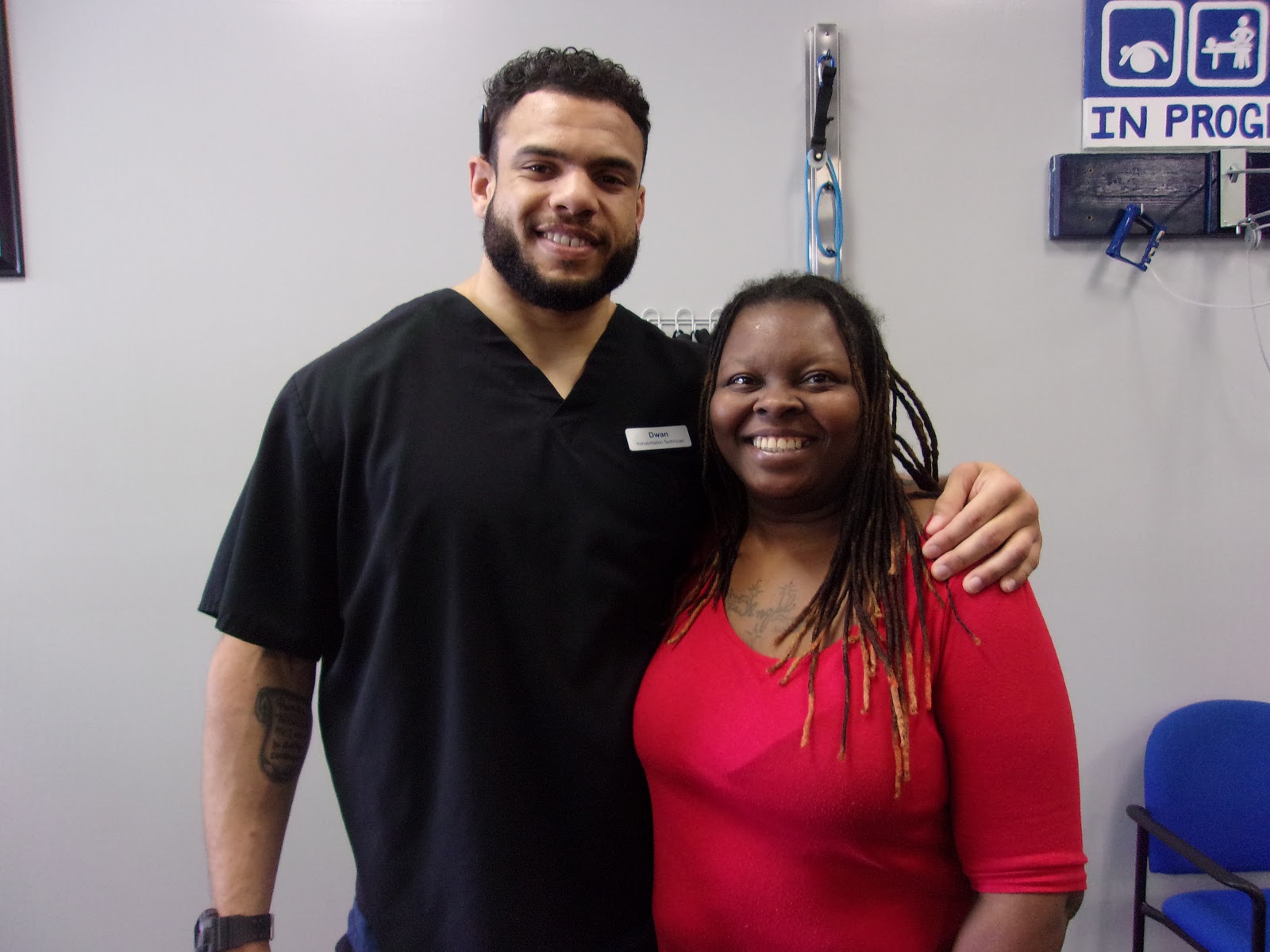Defining Chronic Pain
Whenever a person is injured, pain signals travel from the injury through the spinal cord and to the brain. Pain normally becomes less severe as an injury starts to heal. Chronic pain, however, is different. Your body will keep sending pain signals to your brain, sometimes even after the injury has healed. Chronic pain can last from several weeks to several years. It can hinder your ability to move easily and effectively. Pain can make it difficult to engage in daily activities and complete normal tasks.
Types of Chronic Pain
Chronic pain comes in many forms. It can occur in any part of the body. It can be sharp or dull and intermittent or steady. Chronic pain can affect you more than just physically. It can take a mental and emotional toll as well as drain your energy and motivation. It’s important to address your chronic pain as soon as possible by visiting a Physical Therapist who specializes in Chronic Pain!
- Nociceptive Pain – Nociceptive pain is when the pain is located in the muscles and soft tissues. This is also sometimes referred to as somatic pain. Back pain, pelvic pain, arthritis, and headaches are all considered nociceptive pain. Physical therapy can help reduce and eliminate pain associated with these conditions.
- Neuropathic Pain – This is pain that is associated with actual nerve damage. This type of pain is often more intense and is described as a sharp or stabbing feeling. Phantom limb pain, pain associated with post mastectomy, and diabetic neuropathy are examples of neuropathic pain. A combination of physical therapy, Total Body Vibration therapy, Deep Tissue Laser Therapy and electrotherapy are sometimes used to treat neuropathic pain.


